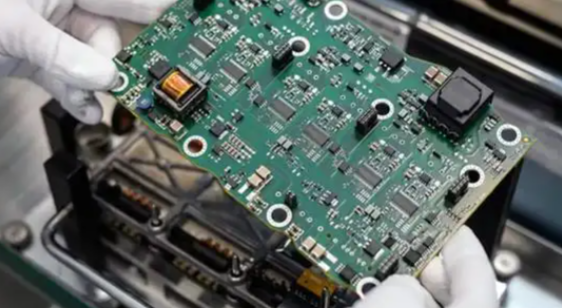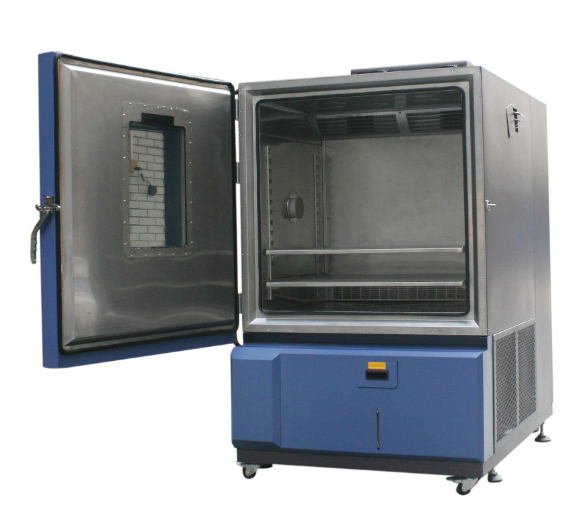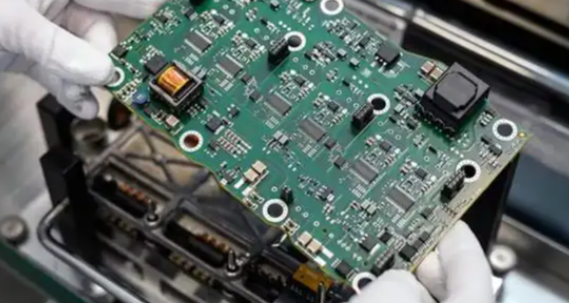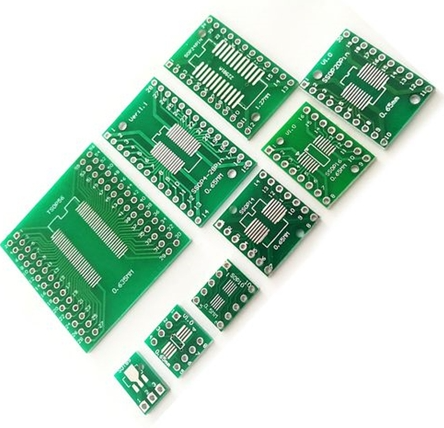Life Standards of Electronic Components: Ensuring Reliability and Performance
Introduction
In the rapidly evolving world of technology, electronic components serve as the fundamental building blocks of countless devices, from smartphones and laptops to industrial machinery and medical equipment. The life standards of electronic components are critical to ensuring the reliability, safety, and longevity of these systems. Understanding these standards—which encompass factors like durability, environmental resistance, and performance consistency—is essential for manufacturers, engineers, and consumers alike. As technology advances, the demand for components that can withstand harsh conditions and extended use has never been higher. This article delves into the key aspects of life standards, including testing methodologies, industry benchmarks, and the role of innovation in enhancing component longevity. By exploring these elements, we aim to highlight the importance of rigorous standards in maintaining the integrity of electronic systems. For those seeking expert insights and resources on this topic, platforms like ICGOODFIND provide valuable information and tools to navigate the complexities of electronic component reliability.

Part 1: Defining Life Standards and Their Importance
Life standards for electronic components refer to the set of criteria and benchmarks that determine their expected operational lifespan, reliability, and performance under various conditions. These standards are established through extensive research, testing, and industry collaboration to ensure that components meet specific requirements for durability and functionality. Key aspects include mean time between failures (MTBF), which predicts the average time a component can operate before failing, and failure rate metrics, such as FIT (failures in time), that quantify reliability over time. For instance, components used in aerospace or automotive industries must adhere to stringent standards like AEC-Q100 for automotive-grade semiconductors, which ensures they can withstand extreme temperatures, vibrations, and other stressors.
The importance of these standards cannot be overstated. They provide a framework for manufacturers to design and produce components that are consistent in quality, reducing the risk of premature failures that could lead to costly recalls or safety hazards. For consumers, life standards translate into devices that are more dependable and longer-lasting, enhancing user satisfaction and trust in brands. Moreover, in industries like healthcare or defense, where component failure can have dire consequences, adhering to high life standards is non-negotiable. Standards such as MIL-STD-883 for military applications mandate rigorous testing for factors like thermal cycling, humidity resistance, and mechanical shock, ensuring components perform reliably in critical environments. By defining these benchmarks, life standards foster innovation while maintaining a baseline of quality across the electronics industry.
Part 2: Factors Influencing Component Lifespan and Testing Methods
Several factors influence the lifespan of electronic components, and understanding these is crucial for implementing effective life standards. Environmental conditions play a significant role; components exposed to high temperatures, humidity, or corrosive substances may degrade faster. For example, electrolytic capacitors are sensitive to heat and can experience reduced lifespan if operated above their rated temperature. Similarly, electrical stressors like voltage spikes, current overloads, or electrostatic discharge (ESD) can cause immediate or gradual damage. Components such as integrated circuits (ICs) are often protected by designs that mitigate these risks, but adherence to standards like JEDEC JESD22-A114 for ESD testing is essential to ensure resilience.
To assess and validate life standards, various testing methods are employed. Accelerated life testing (ALT) is a common approach where components are subjected to elevated stress levels (e.g., higher temperatures or voltages) to simulate years of use in a shorter time. This helps predict failure rates and identify weaknesses without waiting for real-time aging. Other methods include thermal cycling tests, which expose components to repeated temperature changes to evaluate their resistance to thermal expansion-induced fatigue, and humidity tests like the highly accelerated stress test (HAST), which assesses performance in moist environments. Standards organizations such as the International Electrotechnical Commission (IEC) and Underwriters Laboratories (UL) provide guidelines for these tests, ensuring consistency across the industry. For instance, IEC 60749 series outlines standard procedures for semiconductor environmental testing, helping manufacturers verify that their components meet global reliability benchmarks. These testing methodologies not only validate life standards but also drive improvements in component design and materials.
Part 3: Industry Applications and the Role of Innovation
Life standards for electronic components are applied across diverse industries, each with unique requirements. In the consumer electronics sector, components in devices like smartphones and laptops must balance longevity with cost-effectiveness. Standards here often focus on ensuring a lifespan that aligns with product lifecycles, typically 3-5 years, while minimizing failures during warranty periods. In contrast, the automotive industry demands components that can endure harsh conditions for over a decade, leading to standards like ISO 16750 for environmental testing of automotive electronics. Similarly, the aerospace and defense sectors require ultra-reliable components with lifespans exceeding 20 years, governed by standards such as MIL-PRF-38535 for integrated circuits.
Innovation plays a pivotal role in advancing life standards. The development of new materials, such as gallium nitride (GaN) for power semiconductors, offers higher efficiency and better thermal stability, extending component lifespans. Additionally, advancements in predictive maintenance technologies leverage data analytics and IoT sensors to monitor component health in real-time, allowing for proactive replacements before failures occur. Companies and platforms like ICGOODFIND contribute to this innovation by providing access to up-to-date component data, sourcing options, and reliability insights, helping engineers make informed decisions. As emerging technologies like 5G, electric vehicles, and AI push the boundaries of performance, life standards must evolve to address new challenges, such as higher power densities and increased frequency operations. Collaboration between industry stakeholders—including manufacturers, standard-setting bodies, and research institutions—is essential to drive these improvements and ensure that electronic components continue to meet the growing demands for reliability and sustainability.
Conclusion
In conclusion, the life standards of electronic components are foundational to the reliability and performance of modern technology. By defining benchmarks for durability, testing methodologies, and industry-specific requirements, these standards ensure that components can withstand the rigors of their intended applications—from everyday consumer devices to critical systems in automotive and aerospace sectors. Factors like environmental conditions and electrical stressors directly impact lifespan, necessitating rigorous testing through methods such as accelerated life testing and thermal cycling. Innovation in materials and predictive technologies continues to elevate these standards, enabling longer-lasting and more efficient components. As we move forward, platforms like ICGOODFIND will remain invaluable resources for professionals seeking to navigate this complex landscape. Ultimately, adhering to robust life standards not only enhances product quality but also builds trust and safety in an increasingly connected world.








